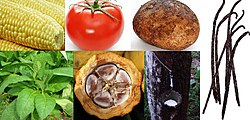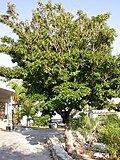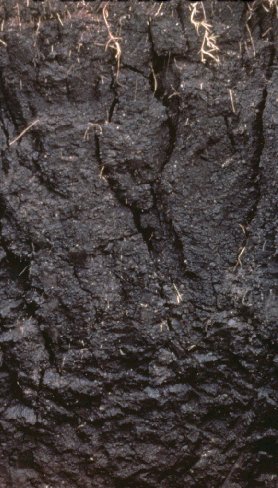This article contains promotional content .(October 2025) |
 | |
Other name | CIAE [1] |
|---|---|
| Type | Registered Society |
| Established | 1976 |
| Director | C. R. Mehta |
Administrative staff | 440 [2] |
| Location | , , India 23°18′36.69″N77°24′17.68″E / 23.3101917°N 77.4049111°E |
| Website | ciae |
The Central Institute of Agricultural Engineering (CIAE) is a higher seat of learning, research and development in the field of agricultural engineering, situated in the lake city of Bhopal, Madhya Pradesh, India. It is an autonomous body, an Indian Council of Agricultural Research subsidiary, under the Ministry of Agriculture & Farmer's Welfare, Government of India. [3]
Contents
- Profile
- Mandate
- Facilities
- Research laboratories
- CIAE Research Farm
- Research Workshop and Prototype Production Centre
- Library
- Prioritization, Monitoring and Evaluation Cell (PME)
- Agricultural Knowledge Management Unit
- CAD cell
- Guest House and Trainees' Hostel
- International Training Centre
- Courses
- Agricultural Technology Information Centre (ATIC)
- Research and development
- Technologies developed
- Institutional projects
- Externally funded projects
- Publications
- List of countries by agricultural output
- References
- External links

















